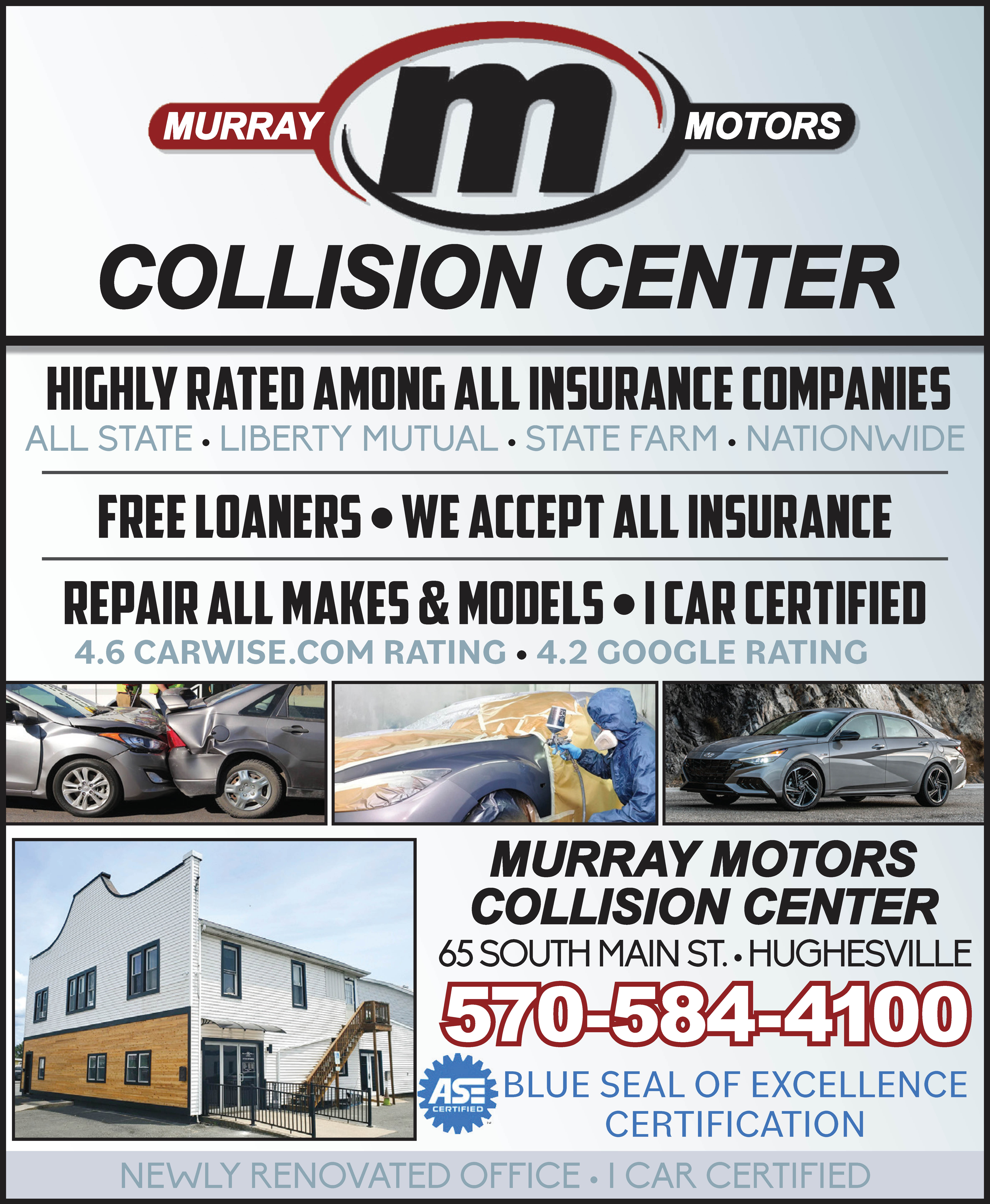Being a lifelong advocate of exercise and having played contact sports for many years, I have periodically found chiropractic care beneficial for alleviating back and neck pain. More recently, my twin sons have asked if they could see a chiropractor that was recommended by a family friend, as they, too, were feeling banged up from months of athletic competition with no real break. So, appointments were made, which ultimately led to an informative discussion with local chiropractor Dr. Jason Madigan of Sport and Spine Chiropractic Rehab in Lock Haven. First and foremost on my mind was the safety of my sons with such treatment. Second, was regular chiropractic treatment for young athletes beneficial? Last, I wanted to know if the treatment of athletes would differ from that of a non-athlete.
Before we get into my questions and concerns, let us define this treatment. “Chiropractic is a system of therapy that utilizes a hands-on approach to patient care,” said Dr. Madigan. “The majority of the time, this centers around the spine and joints of this region as the majority of motor and sensory nerves originate from the spinal column.” Dr. Madigan went on to say that the concept is to identify regions of hypo-mobility (lack of movement) that can affect the sensory input to the receptors in these regions and mobilize them through manipulation. The way he likes to explain it is that when you jam a finger, it becomes stiff and swollen and just doesn’t move well. You then reduce the swelling, pressure, and pain in that area and perform light mobilization to regain normal movement in that joint. “I approach people by looking at them biomechanically. We are a group of levers and muscles, so I want to see where the imbalance or abnormality is in the kinetic chain. Just because you have knee pain, that doesn’t necessarily mean that you have structural damage to your knee. The pain could be stemming from the hip, foot, and ankle not performing their job the way they should and stressing the knee.”
Chiropractic treatment potentially benefits athletes by aiding in recovery from their practices, workouts, and games — physical sports such as soccer, football, and wrestling place tremendous stress upon on the body. “Emmitt Smith once said that playing in a football game is like being in 20 car accidents in one day. Other sports such as running, basketball, baseball, and tennis have a lot of repetitive stresses that cause an accumulation of mini-traumas that then create dysfunction, which then leads to injury,” said Madigan.
Most young athletes are learning the basics of sports and developing the movements they need to succeed and move on to the next level. In addition, previous injuries or repetitive stresses can lead to altered movement patterns that continue to contribute to poor mechanics, performances, and then to possible injuries.
Many college and elite athletes have learned how to manage their workloads and injuries but may still have these cumulative traumas. Appropriate chiropractic care can help with recovery as well as assist in managing acute injuries.
Weekend fitness enthusiasts also fall into the category of athletes and may benefit from regular care. “What I see mostly in this category are trail runners, racquet sport players, and golfers that develop cumulative stress disorders. Individuals in this category have usually taken a hiatus from strenuous activity and decide later to get back into their respective sport,” said Madigan. “As we age, we lose fluid in our joints and bodies; we are a little stiffer and just not as pliable as we were when we were in our teens and twenties. This also leads to many overdoing it and developing injuries.”
During my discussion with Dr. Madigan, I asked about the effectiveness of pre-hab (regular preventative care). He stated that over the past 10-15 years many new modalities have come into use that have shown significant promise in assisting with injury recovery. He mentioned the following to name a few:
Class IV deep tissue laser therapy which uses infrared stimulation to damaged muscle, tendinous, ligamentous, or primarily to any soft tissue. This stimulates a cascade of events in the cells, which ultimately increases blood flow to the area to promote the healing of damaged tissue.
RPW (radial pressure wave) uses mechanical stimulation by sending out pulse waves into the soft tissue. These waves help to break up scar tissue or adhesions from repetitive stresses or previous injuries while promoting blood flow to the area.
IASTM (instrument-assisted soft tissue mobilization) and therapeutic cupping are also techniques that are utilized to break up scar tissue and promote blood flow to the area that you are working. The instrument puts pressure on the soft tissue while the cups lift and take pressure off/distract the tissue between the skin and myofascial region, and the muscles.
Foam rolling and sticks are apparatuses that an individual can use on their own at home to work the myofascial regions and promote blood flow to the area that is being worked. I am personally a big fan of foam rolling and do it often to keep my muscles flexible and my joints limber.
Dr. Madigan, like myself, believes that strength training is an absolute must to support the joints and tissues of the body. “You can not just treat an individual with passive treatments such as chiropractic or all the modalities that I have mentioned above. The patient needs to take an active role in their treatment to help stabilize the injured area and strengthen the weak areas to allow the joints to move as smoothly and as normally as possible. I compare this to going to the dentist. The dentist finds a cavity, fixes the cavity, and sends them home with toothpaste and floss. If you do not brush your teeth or floss for six months, your dentist will not be very happy when you return for your next cleaning. This is the same when dealing with musculoskeletal injuries. You may be out of pain when you finish your care, but if you do not continue your mobility and strengthening exercises, there is a high chance that your pain will return.”
Dr. Madigan went on to say that for athletes to reach their full potential; they should consult with a movement analysis specialist to either undergo the FMS (Functional Movement Screen) or a biomechanical analysis to identify areas of restriction or limited strength/stability in any region. They then need to take that information and use it to develop a plan to address any issues with pre-hab exercises, which they can work into their strength and conditioning program. By doing this, it will help to decrease or prevent repetitive stresses and cumulative trauma disorders. Recovery is also essential and can be achieved by maintaining a healthy diet, hydration, and proper workload with appropriate rest days built into your training and mobility exercises.
For more information on developing a fitness program or if you are interested in personal training, feel free to email me at dave.bellomo@gmail.com or message me on my website, bellomofitness.com.



